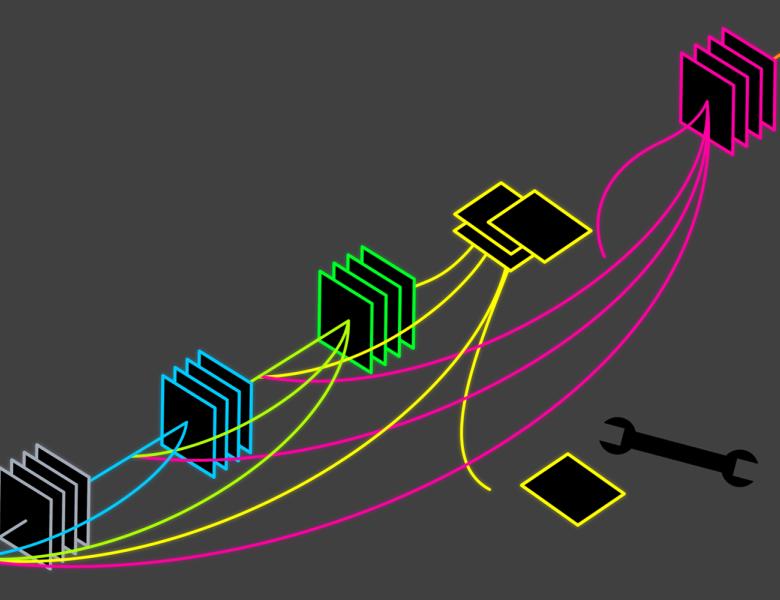
Abstract
I will share a grab bag of results from a recent large scale empirical study of the correspondence between wide neural networks and kernel methods. The results presented will necessarily be time-limited, but the full set includes: kernel methods outperform fully-connected finite-width networks, but underperform convolutional finite width networks; neural network Gaussian process (NNGP) kernels frequently outperform neural tangent (NT) kernels; centered and ensembled finite networks have reduced posterior variance and behave more similarly to infinite networks; weight decay and the use of a large learning rate break the correspondence between finite and infinite networks; the NTK parameterization outperforms the standard parameterization for finite width networks; diagonal regularization of kernels acts similarly to early stopping; floating point precision limits kernel performance beyond a critical dataset size; regularized ZCA whitening improves accuracy; finite network performance depends non-monotonically on width in ways not captured by double descent phenomena; equivariance of CNNs is only beneficial for narrow networks far from the kernel regime. Our experiments additionally motivate an improved layer-wise scaling for weight decay which improves generalization in finite-width networks. Finally, we develop improved best practices for using NNGP and NT kernels for prediction, including a novel ensembling technique. Using these best practices we achieve state-of-the-art results on CIFAR-10 classification for kernels corresponding to each architecture class we consider.


